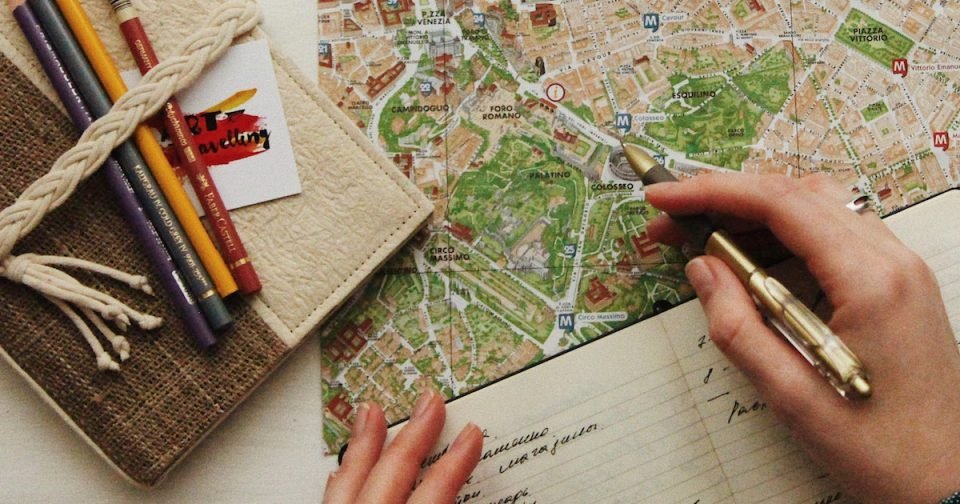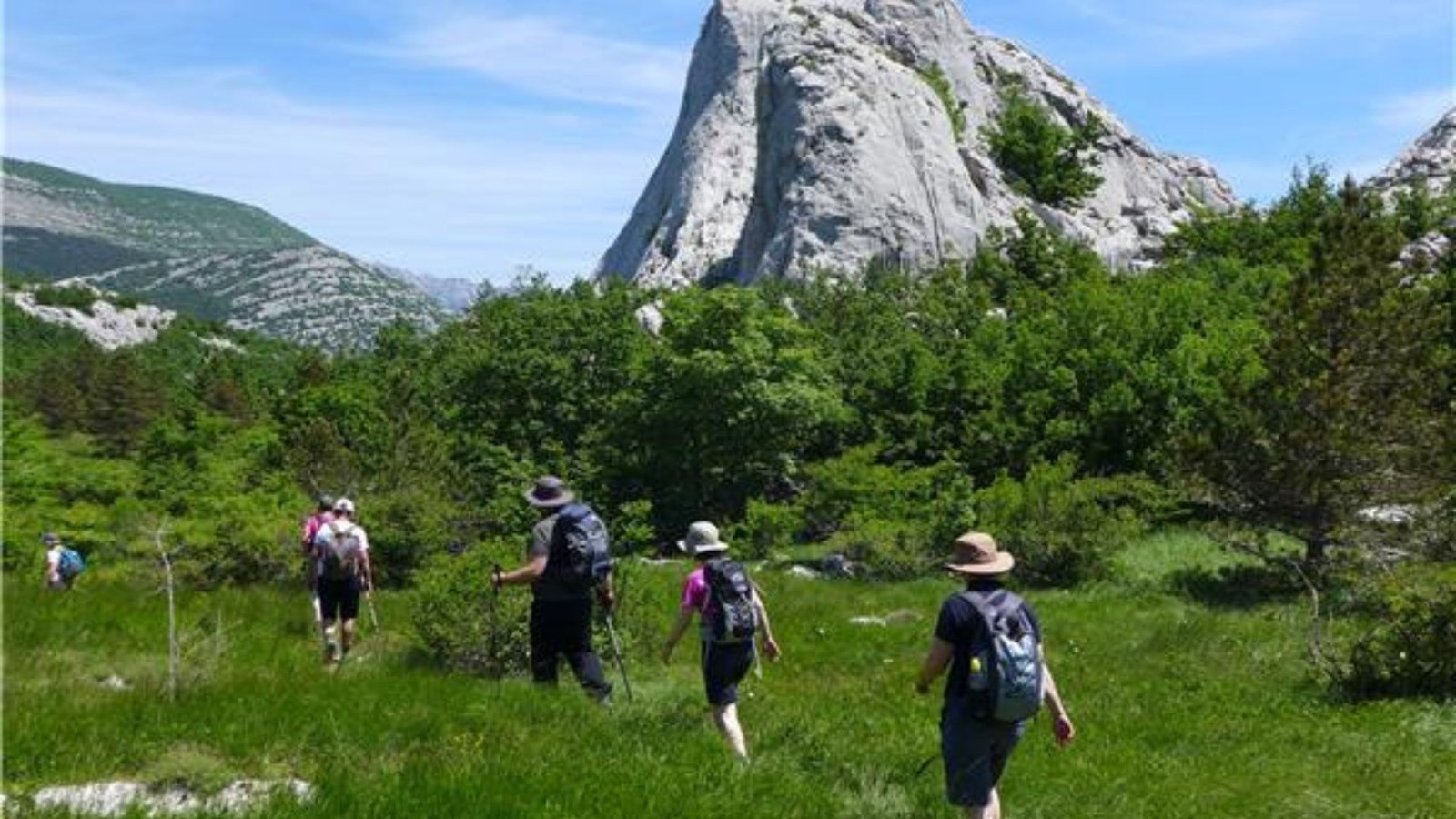Best Self Tour Experience in Casinous Slots
Many people enjoy playing online slots. But did you know you can explore them like a self-tour? That means you can take your time, go at your own speed, and have fun on your own terms.
With online slots Casinous, you don’t need help from anyone else. You are the guide. You are the player. And you are in charge of the whole journey.
Let’s talk about how this self-tour style makes the game even better.
What Is a Self Tour?
A self-tour means doing something by yourself. You don’t need a guide. You explore, try things, and learn along the way.
In online slots Casinous, this means opening the game, checking the rules, and spinning the reels—all on your own. You choose the game, the theme, and how long you want to play.
This is great for people who like freedom and want to enjoy the games in their own way.
Easy Start, No Pressure
The best part of a self-tour is that it’s easy to begin. You just sign up, log in, and start exploring. There is no rush.
With online slots Casinous, you don’t have to wait for someone to show you around. You can look through many games. You can try one, and if you don’t like it, you can try another. There is no pressure at all.
This makes the experience fun and stress-free.

Explore the City on Foot
WalkTheTown helps you discover hidden gems and scenic routes in your city for the perfect urban adventure. After your walk, unwind with exciting games at wolfwinner Casino VIP.
Explore Many Game Themes
When you take a self-tour, you can explore many themes. Some slots are about adventure. Others are about movies, fruits, or even space.
With online slots Casinous, there are hundreds of choices. Each game has different colors, music, and symbols.
You can go from one world to another in seconds. One minute you’re in ancient Egypt, the next you’re chasing gold in the Wild West. All this happens from your screen—just like a tour through different lands.
Learn As You Play
Another good thing about a self-tour is learning. You can read the game rules. You can test free spins. You can see how bonuses work.
With online slots Casinous, most games have demo versions. These let you try the game without using real money. It’s a smart way to learn.
You find out what each button does. You see how the paylines work. And you build confidence.
Choose Your Own Path
Everyone plays differently. Some like fast spins. Others enjoy slow play. Some want to bet big. Others bet small.
On your self-tour of online slots Casinous, you make every choice. You decide how much to bet. You decide when to stop. You choose your path.
This freedom makes the game feel more personal and fun. You are in charge of the experience from start to finish.
Play Anytime, Anywhere
One more great thing about a self-tour? You can do it anytime. Morning or night. At home or on a break.
Thanks to mobile play, online slots Casinous are always ready. Just open your phone or laptop. In seconds, your tour begins.
No need to book anything. No waiting in lines. Just pure, simple fun—whenever you want it.
Track Your Wins and Progress
As you explore, you can track your results. Some people enjoy seeing how often they win or what games they like most.
With online slots Casinous, your history is saved. You can see which games gave you the best luck. This helps you make smart choices in the future.
You can also set limits to stay safe. This makes your self-tour not just fun but also responsible.
Fun and Relaxing Adventure
At the end of the day, a self-tour in online slots Casinous is all about joy. You relax, spin the reels, and enjoy the sounds and sights.
Even if you don’t win big, the experience is still worth it. It’s your time to explore. Your way to have fun.
Every game is like a new stop on your tour. Every spin brings new surprises. That’s what makes it so exciting.
Explore Communities and Online Entertainment
WalkTheTown encourages community exploration and outdoor activities. While discovering local neighborhoods, you can also enjoy a virtual break at jackpotjill Casino VIP. Balancing exploration with entertainment brings more joy to your day. Make every walk memorable, online and offline.
Banking Fun
Step into online games with smooth mechanics and rewarding prizes. Bamaga bank offers exciting gameplay and engaging features. Each session is fun and memorable. Start playing today and maximize your winnings!
Conclusion
Taking a self-tour in online slots Casinous is one of the best ways to enjoy the games. You start when you want. You pick the games you like. You learn at your pace. And you play in your own style.
There is no guide, no rush, and no rules—just fun and freedom. Whether you’re a new player or someone with experience, the self-tour approach gives you full control.
So go ahead, start your tour today. With so many games to explore, online slots Casinous is your map to adventure and fun.



















